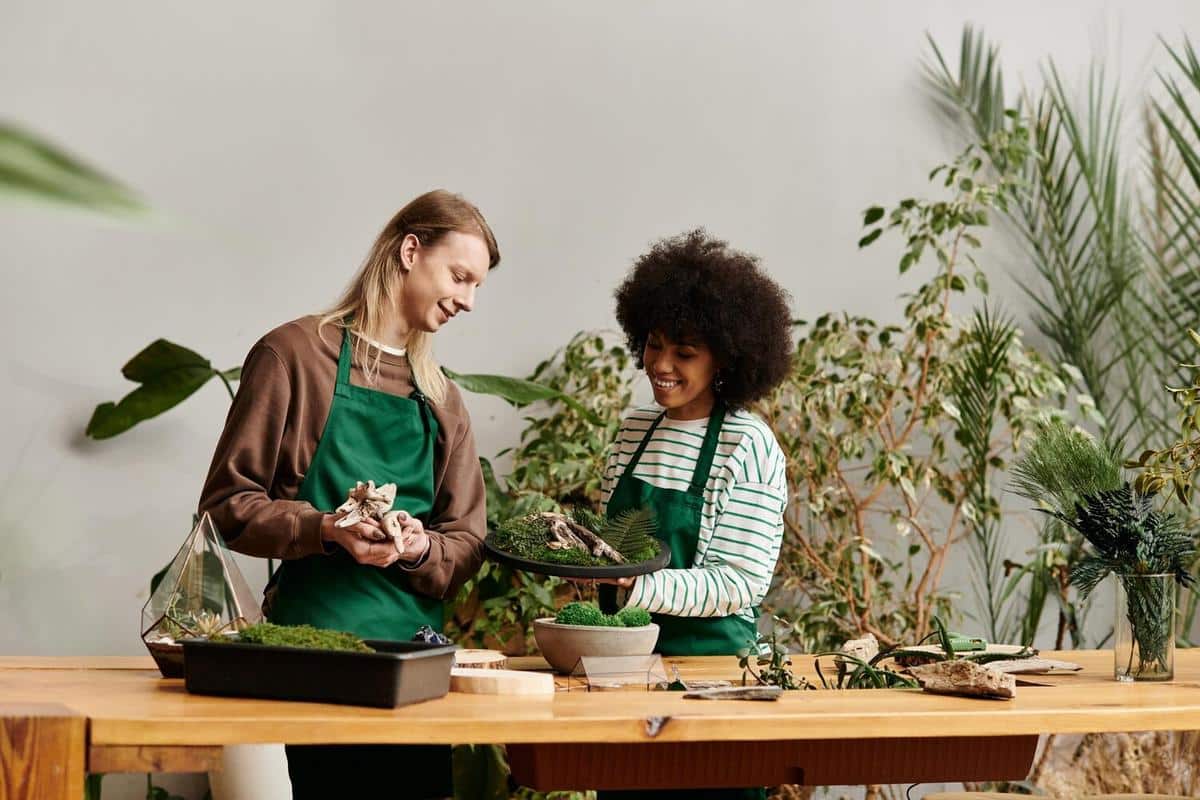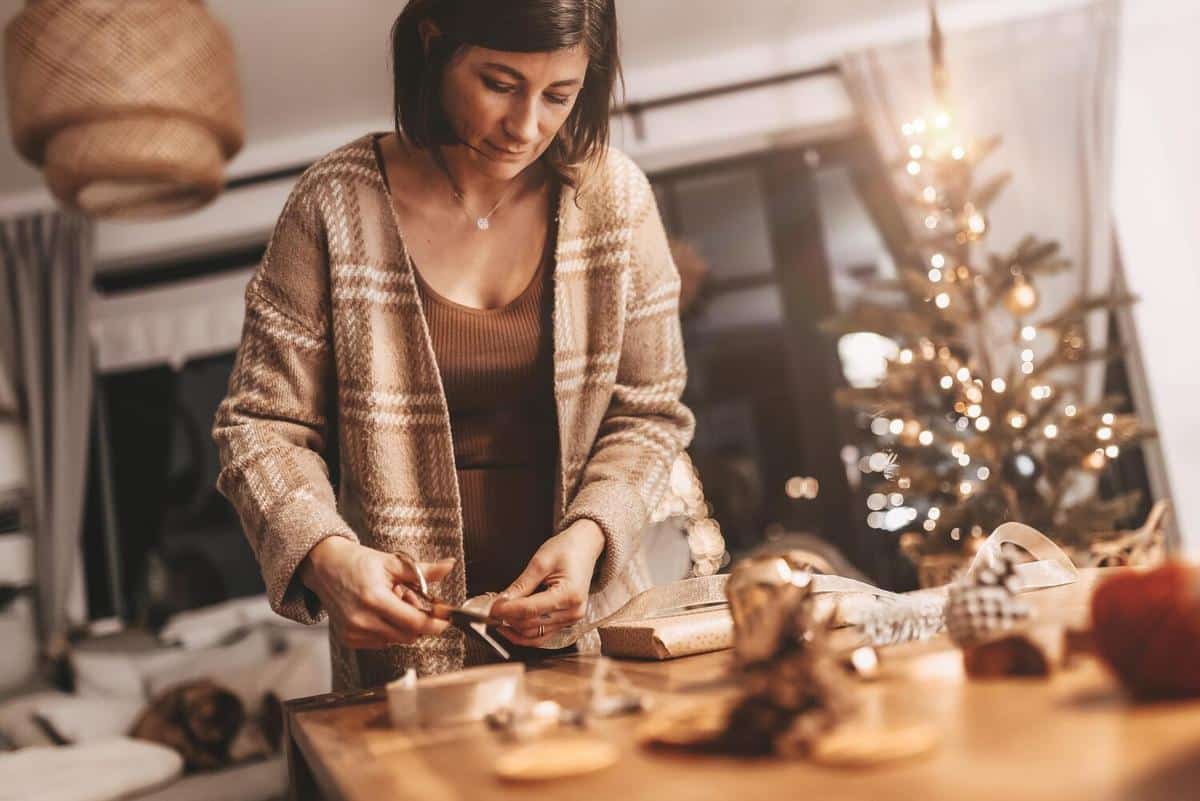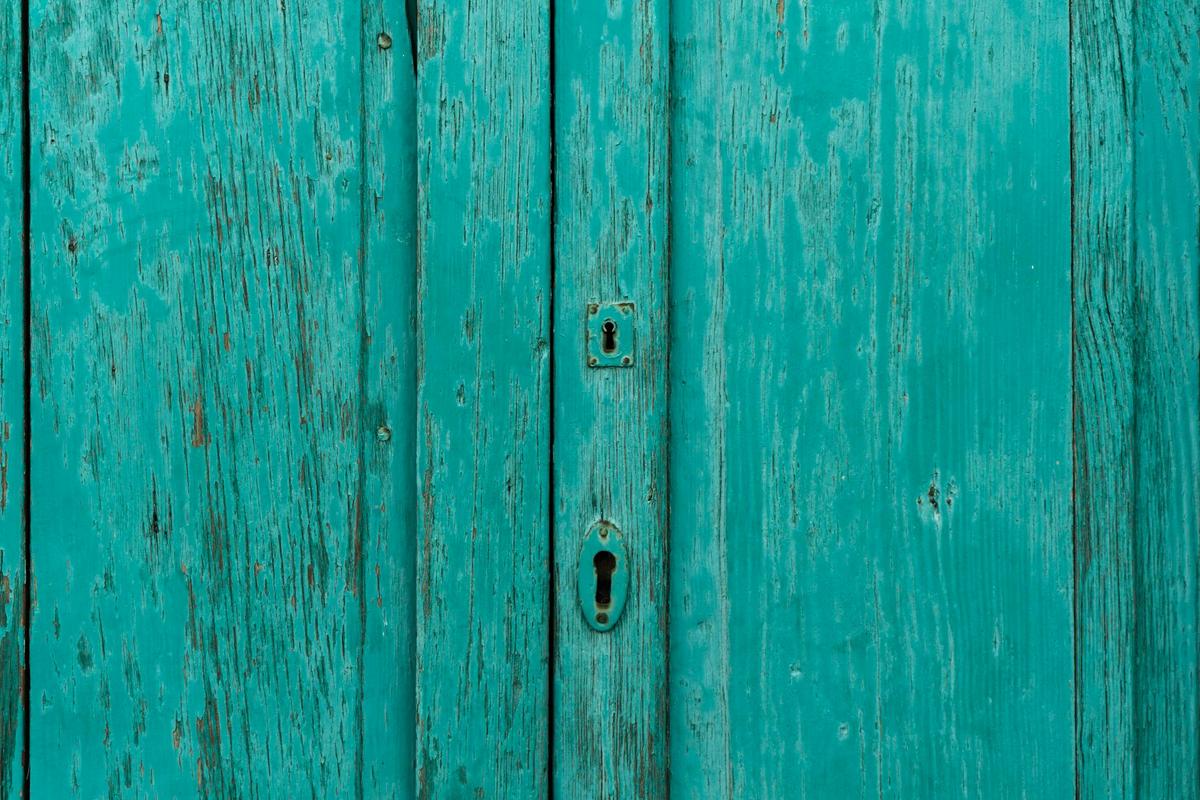
From Trash to Treasure: Crafting with Recycled Materials
Discovering the potential in everyday discarded items can be a rewarding journey into creativity and sustainability. In a world increasingly conscious of its ecological footprint, turning trash into treasure through upcycled home decor not only reduces waste but also adds a personal touch to your living space.
Understanding the Art of Upcycling
Upcycling involves repurposing discarded materials to create something new and valuable. Unlike recycling, which often breaks materials down to make new products, upcycling retains much of the original material, thereby conserving energy and reducing emissions. According to the Environmental Protection Agency, recycling aluminum saves 95% of the energy needed to make new cans from raw materials, a principle that can be applied to many other materials when upcycling.
Expert Insights
Renowned eco-artist Lisa Gautier emphasizes, “Upcycling is not just about creating art; it’s about creating a sustainable future.” Her work with recycled materials showcases how innovative designs can emerge from the most unexpected sources.
Personal Experience: Crafting a Story
Imagine transforming an old wooden pallet into a rustic coffee table. This was exactly what a friend of mine did, saving the cost of buying a new table while giving her living room a unique centerpiece that sparks conversation. Such personal projects not only save money but also provide a sense of accomplishment.
Actionable Tips to Get Started
- Start Small: Begin with simple projects like turning glass jars into candle holders.
- Gather Materials: Collect items that are often discarded such as tin cans, fabric scraps, and wooden crates.
- Get Inspired: Platforms like Pinterest offer endless ideas to kickstart your creativity.
- Join a Community: Engage with online forums and local workshops to learn from fellow upcyclers.
Comparison Table: Recycling vs. Upcycling
| Aspect | Recycling | Upcycling |
|---|---|---|
| Process | Breaks down materials | Repurposes materials |
| Energy Use | High | Low |
| Environmental Impact | Moderate | Low |
| Creativity | Limited | Unlimited |
| Cost | Variable | Low |
| Outcome | Similar products | Unique items |
| Skill Level | Moderate | Beginner to Expert |
| Community | Industry-based | Community-driven |
FAQs About Upcycling
What materials are best for upcycling?
Common materials include wood, glass, fabric, and metal, as they are versatile and easy to repurpose.
Is upcycling cost-effective?
Yes, upcycling often uses materials that are free or inexpensive, reducing the cost of creating new items.
How does upcycling benefit the environment?
By reducing waste and conserving resources, upcycling helps lower the carbon footprint associated with manufacturing new products.
Conclusion
Turning trash into treasure through upcycling is more than just a hobby; it’s a movement towards a more sustainable lifestyle. By embracing creativity and resourcefulness, you can not only enhance your home decor but also contribute to a healthier planet. Start small, let your imagination soar, and watch as your efforts transform the ordinary into the extraordinary.


